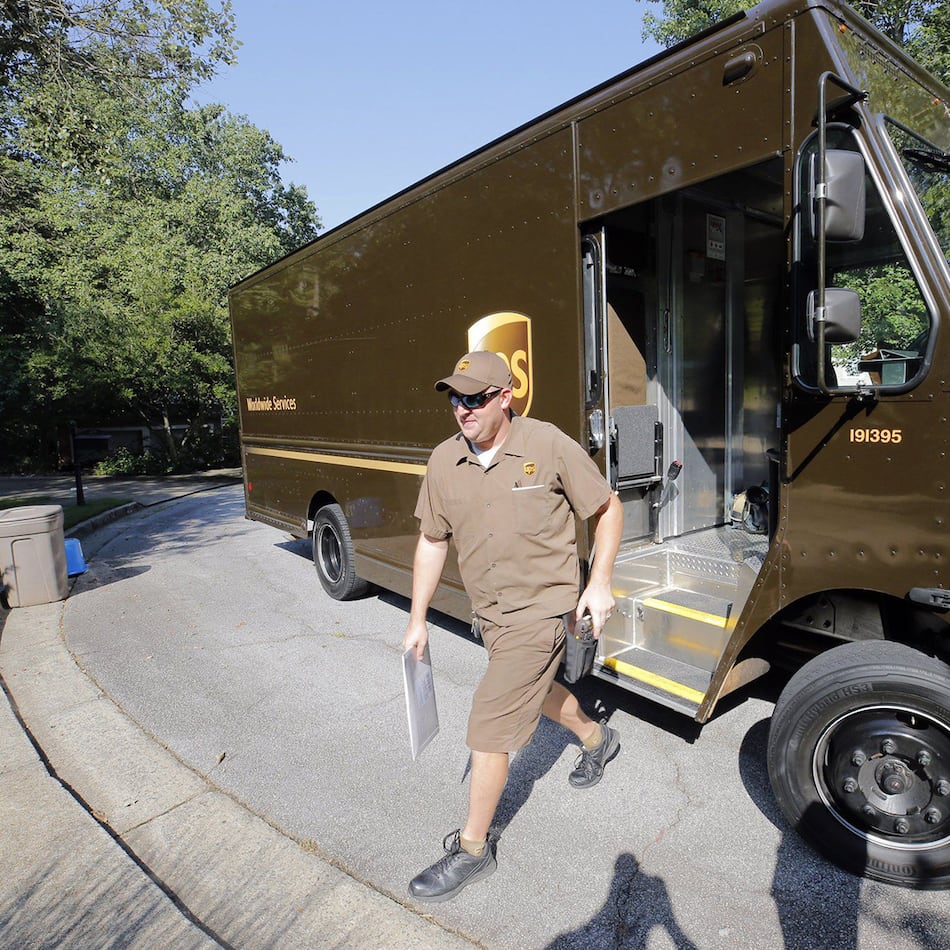Q: Last fall I transplanted a number of mature azaleas. This past spring I fertilized them with cottonseed meal. How often and when should I use this? — Les Ayers, e-mail
A: Cottonseed meal makes an excellent fertilizer for azaleas because it acts as a mulch while it decomposes and releases nutrients. Each year, put a layer 1/2 inch thick under the plants in early spring and check to see whether it's gone by July. If so, apply another layer. Cover with pine straw or chips each time.
Q: I planted loropetalums seven years ago. I have never pruned them, and they are 15 feet tall. Can they be pruned or are they too high for pruning? — Teresa Sanford, Acworth
A: I've pruned loropetalums every which way and they came back strongly each time. Different varieties grow to different heights. For summer pruning, I follow the rule of thumb that removing 25 percent of the total foliage will not harm a healthy plant. If you need to take out more, remove 25 percent now and anything else in early March. Keep sharp pruners handy throughout the year in the future.
Q: I cut down a monster wisteria and treated with stump killer. Now sprouts are popping up all over my yard. Is there a way to get rid of them without digging up my lawn? — Donna Smith, e-mail
A: The best thing you can apply now is patience. If you persistently cut or spray the sprouts coming from the roots in your yard, you'll starve them to death. There is no quick, one-step answer other than a bulldozer.
Q: I bought a reel mower for our zoysia lawn. At the 1.5-inch setting the grass looks brown for several days after cutting. I fertilized once in the spring. — Jarrett Black, e-mail
A: Getting a good appearance after mowing is a balancing act between well-timed fertilization and mowing frequency. Zoysia needs fertilizer twice per year, in April and June. If you follow that schedule, you can get by with mowing every six days. You can apply fertilizer now. If you fertilize three times each year, mow every four days. With appropriate feeding you'll avoid cutting down into the stem area each time.
Q: Why do some plants grow better in the garden when they are planted in a mound of soil? — Lin Newby, e-mail
A: Planting in a mound or a raised bed gives plants better root drainage and faster soil warming in spring. Roots can readily explore the soil to find a level where they are most comfortable.
For more information, check out the University of Georgia’s Cooperative Extension Service publications online.
● “Selecting and Growing Azaleas”: pubs.caes.uga.edu/caes pubs/pubcd/B670/B670.htm
● “Zoysiagrass Lawns”: pubs.caes.uga.edu/caespubs /pubcd/L395.htm
● “Soil Preparation and Planting Procedures for Ornamental Plants in the Landscape”: pubs.caes.uga.edu/caespubs/pubcd/B932-w.htm
Listen to Walter Reeves from 6 to 10 Saturday mornings on NewsTalk 750 WSB-AM. Go to www .gardeningingeorgia.com for details on his TV show or visit his Web site, www.walterreeves.com.
About the Author
Featured
